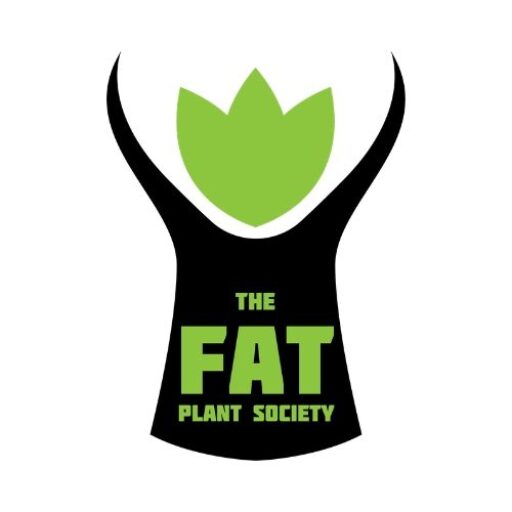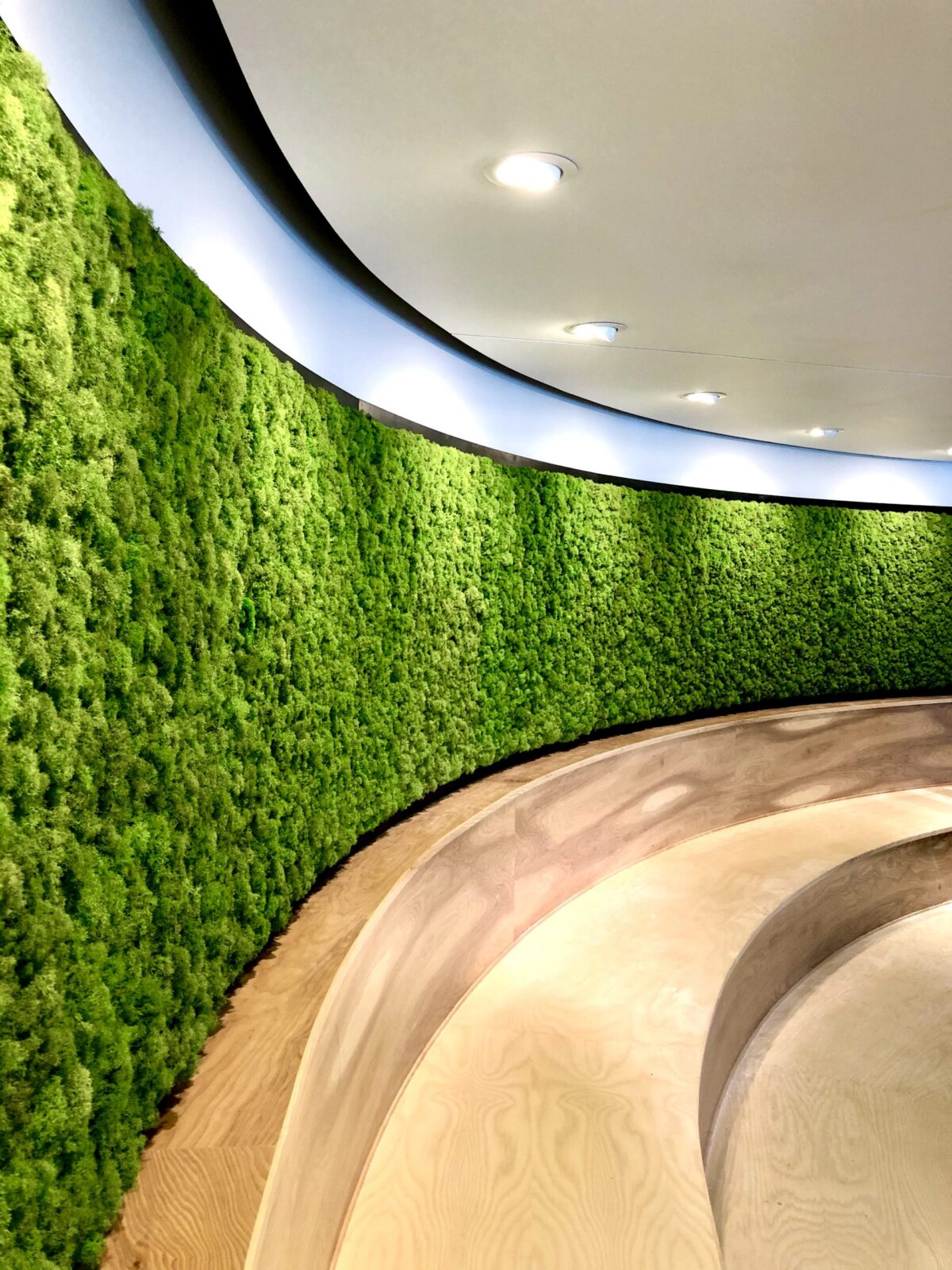There is no shortage of recommendations, advice, and protocols for safety in the workplace during the pandemic from savvy, strategically-minded architects, designers, HR experts, and building planners as we all work to navigate the current physical workplace and design for wellness.
We will spare you the slurry of terms such as “unprecedented,” and “new normal,” as well as the cliches that “we are all in the same boat” and “the distance between us” and of course, “alone together” as we have too much respect for you, as readers, to repeat what has been written and said many, many times before. We know that you understand all of this so we are going to skip forward to brass tacks (an Americanism that may actually stem from the practice of spelling out the name of the deceased on the top of a coffin). This is a serious situation with little to no clear path to recovery as of yet for the nation as a whole and we extend our deepest sympathies to all of you as you manage loss, fear, and of course, the important management of your bottom line.
In pounding the first of these proverbial brass tacks, we would like to acknowledge and thank all of the highly responsible, considerate, and compassionate business owners and managers who are investing in safety measures for their valued colleagues and staff. Since this investment was unexpected and certainly not a part of the initial 2020 budget, we’d like to offer some options for making that investment as wisely as possible.
In doing so, know that we waited, watched, and read so as to cull what we feel are the best of recommendations in what the workplace in the summer of 2020 and beyond should do and be for all humans returning to work now and in the months to come.
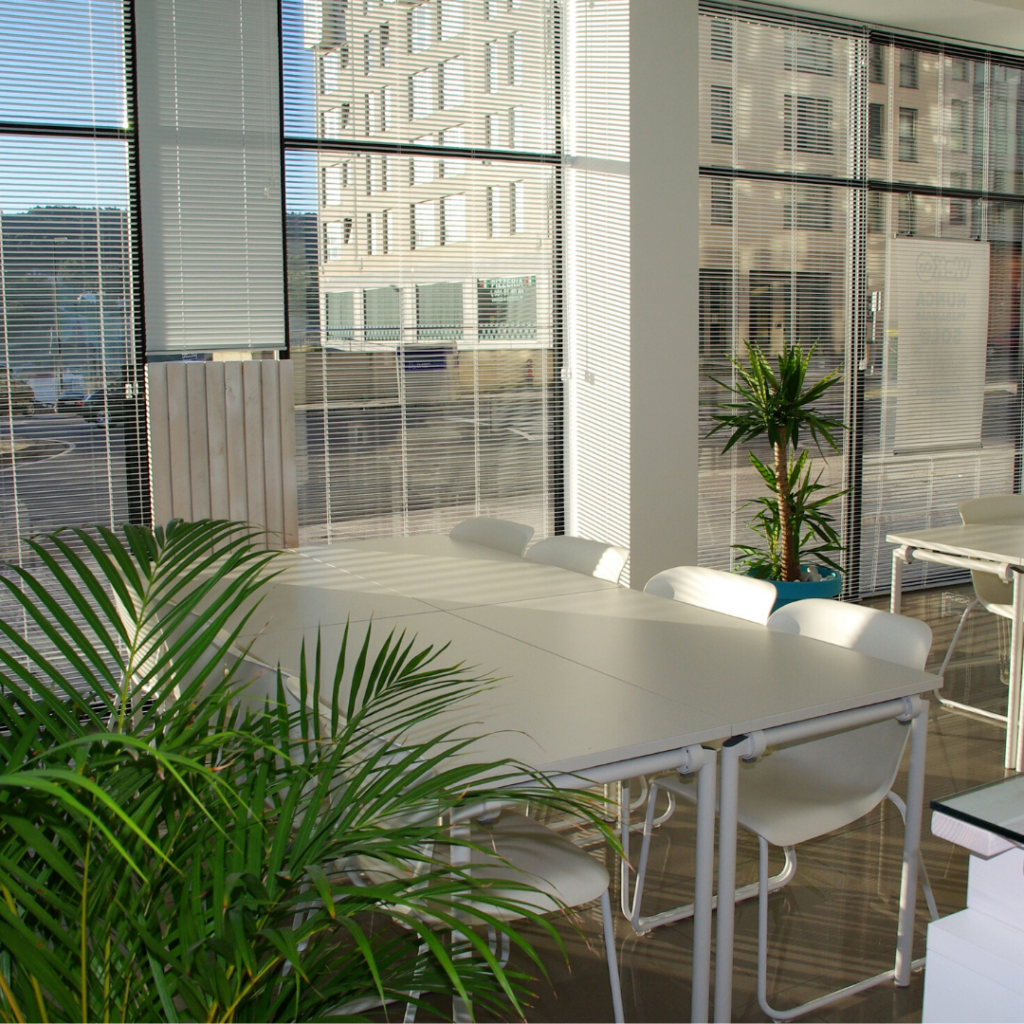
We’ll begin by taking our cue from Joseph G. Allen and John D. Macomber of the Harvard Business Review (HBR) regarding what makes a workplace healthy. The HBR Article from April of 2020 is well-researched and well-substantiated. You see, for their book, Healthy Buildings: How Indoor Spaces Drive Performance and Productivity, Allen and Macomber “spent the last three years speaking to executives across the business spectrum who oversee real-estate portfolios that cover several billion square feet and contain millions of employees. We aimed to better understand how to drive healthy building science into practice.”
Here’s the good news:
What Makes an Office Building “Healthy” (Harvard Business Review) by Joseph G. Allen
“…as employees return to offices, there is a framework companies can deploy to keep people safe without crippling their businesses and our economy. “
and John D. Macomber
How this is achieved is via a hierarchy of controls. As noted by the Center for Disease Control (CDC), (and Cuomo if you have been watching the morning briefings) the hierarchy of controls is as follows:
Elimination
Substitution
Engineering controls
Administrative controls
Personal Protective Equipment (and we would humbly add personal space)
Depending on the organization, this hierarchy may also be flipped to place PPE at the top of the list as is the case at present for many organizations. But many organizations have already resumed work and Allen and Macomber advise focusing on the 9 Foundations for Healthy Buildings. They are as follows:
- Ventilation
- Air quality
- Thermal health
- Moisture
- Dusts & pests
- Safety & Security
- Water quality
- Noise
- Lighting and views
We’re optimists at heart and assuming that ventilation, thermal health, safety, and security are givens and we understand that additional improvements to air quality, noise, lighting, and views are not inexpensive but they can be implemented over time and there are solutions that can “feed two birds with one scone” and effectively address design, noise, air quality, and views.
While we are on the subject of healthy buildings and healthy building standards, the inclusion of the WELL Building standards is a must. As aptly described by Work Design Magazine, “the WELL Building Standard™ is a comprehensive framework for the design strategies, operations protocols, and organizational policies that aim to measurably improve the safety and health of people in indoor spaces.” In the recent article, “5 Ways To Achieve A Healthier Work Space Now And After COVID-19” by Rachel Bannon-Godfrey, Ms. Godfrey prioritizes a very manageable five strategies and measures for right now:
- Building condition assessments
- Indoor air quality
- Hand-washing infrastructure
- Industrial hygiene
- Mental health design support
Ms. Godfrey also addresses the efficacy of retro-commissioning so we strongly encourage you to read her article in full as it is one we found truly superior in its strategic and measured approach.
On the topic of industrial hygiene is a new product —PROACTIVE PROTECT . Proactive Protect is a Nano-Tech Viral Disinfectant that not only kills viruses on contact but also covalently bonds to surfaces preventing bacteria and virus particles from attacking them. When applied the disinfectant begins working immediately and continues to kill bacteria, viruses, and harmful microbes even after it dries for up to 30 days or more. It is important to note that it is non-toxic for humans and pets while being Certified Organic as well as recognized on EPA List N for use against SARS-CoV-2, which causes COVID-19 so it provides peace of mind as well as protection against bacteria and viruses.
The Future is Now
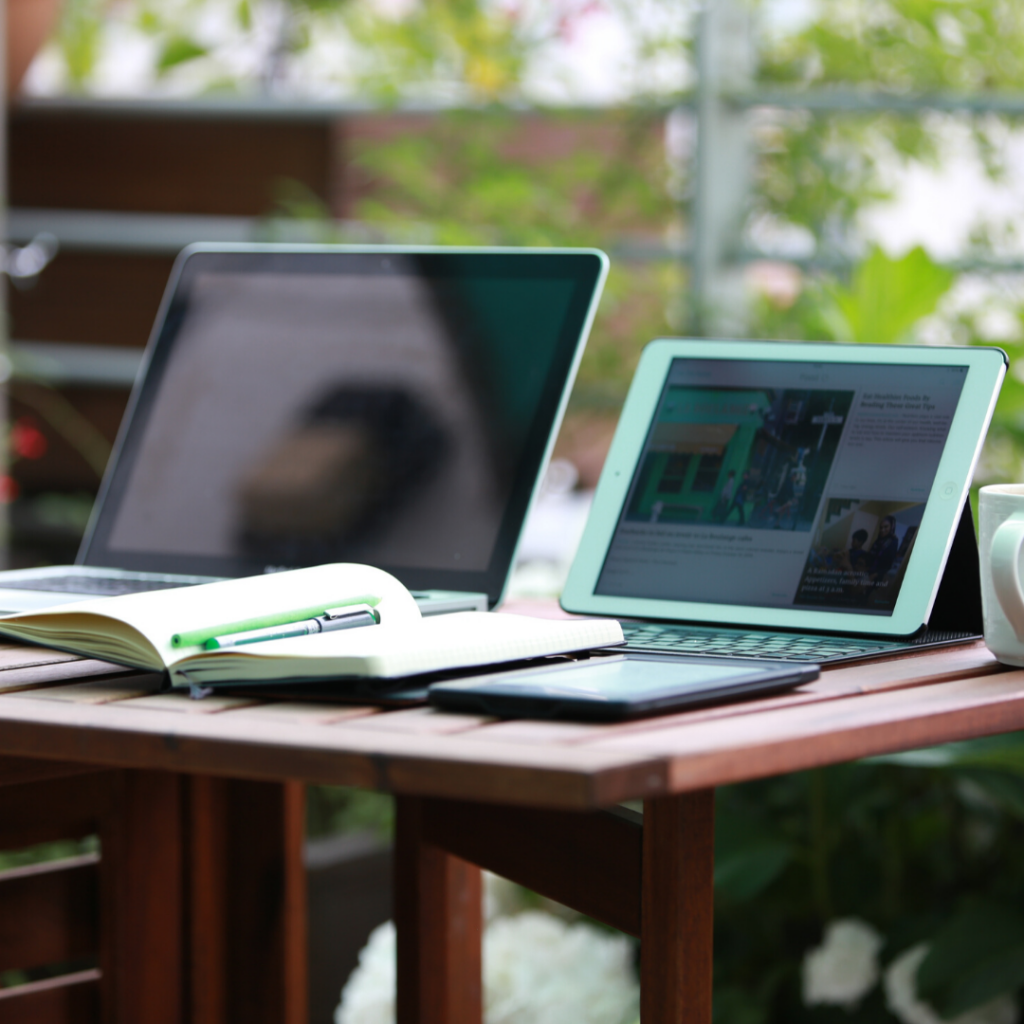
Some of the experts are predicting that the office of the future will look an awful lot like the office of the past. The use of the term awful is intentional here as we Gen Xers and Douglas Coupland devotees remember all too well our early years in the workforce in the “veal fattening pens” that we were supposed to call cubicles or “Office Space” (for those of you who have seen the 1999 film). It was dehumanizing then and in this current dystopian environment in which we cannot even see each other’s faces, further dehumanizing us by pushing us into beige pens with no charm and no privacy feels very much like a fast-track to exacerbated unhappiness in the workplace.
As Edison once said, “There’s a better solution—find it.”
There is already what some claim might be the world’s first commercial building specifically designed for a post Covid-19 world under development in Chicago.
“Every employee and their family is acutely aware of – and deeply concerned about – safety and well-being in the workplace environment,” explains Wislow. “As an under-construction, boutique office building, we fortunately had the opportunity to modify Fulton East’s design in response to Covid-19 in real time, allowing us to thoughtfully address employers’ increased concerns for their employees’ office experience and create an environment where hygiene, health, safety, and wellness are holistically considered.”
-Jenny Lescohier for International Construction
https://www.khl.com/international-construction/chicago-sees-first-commercial-building-designed-for-post-pandemic-needs/144631.article
This kind of planning is not feasible for all–obviously timing and budget play major roles in what building owners and tenants are able to do to ensure the safety of team members and visitors.
We feel workers will happily forego the communal M&M bowl of candy and will know better than to congregate in groups around the water cooler. As Jane Wells notes in her article for CNBC, we may see the introduction of “Health Cops” to prevent said congregating in an unsafe manner (feel free to smirk because you know exactly who will volunteer for that role in your office) and we will likely see a continuation of working from home but the fact is we are social creatures and we will all need to darken that office doorway at some point, even if it is on a flex schedule that involves working from the office every other day or every third day.
So what do we do to maximize the investment in safety for workers, minimize fear for workers, and ensure the workplace is also a pleasant environment? We understand (as does Katie Canales writing for Business Insider) that “Many clients don’t have the budget to support major spending right now.”
Retro-fitting, retro-commissioning, and wholesale redesigning of office spaces are simply not financially feasible as companies are already facing significant financial losses.
To that end, we humbly offer the same principles we have been touting since the creation of our first moss wall back in 2017.
Utilize Nature
Since 2017, and because of our early years in the workforce, we have always envisioned a redesign/enhancement of the office cubicle.
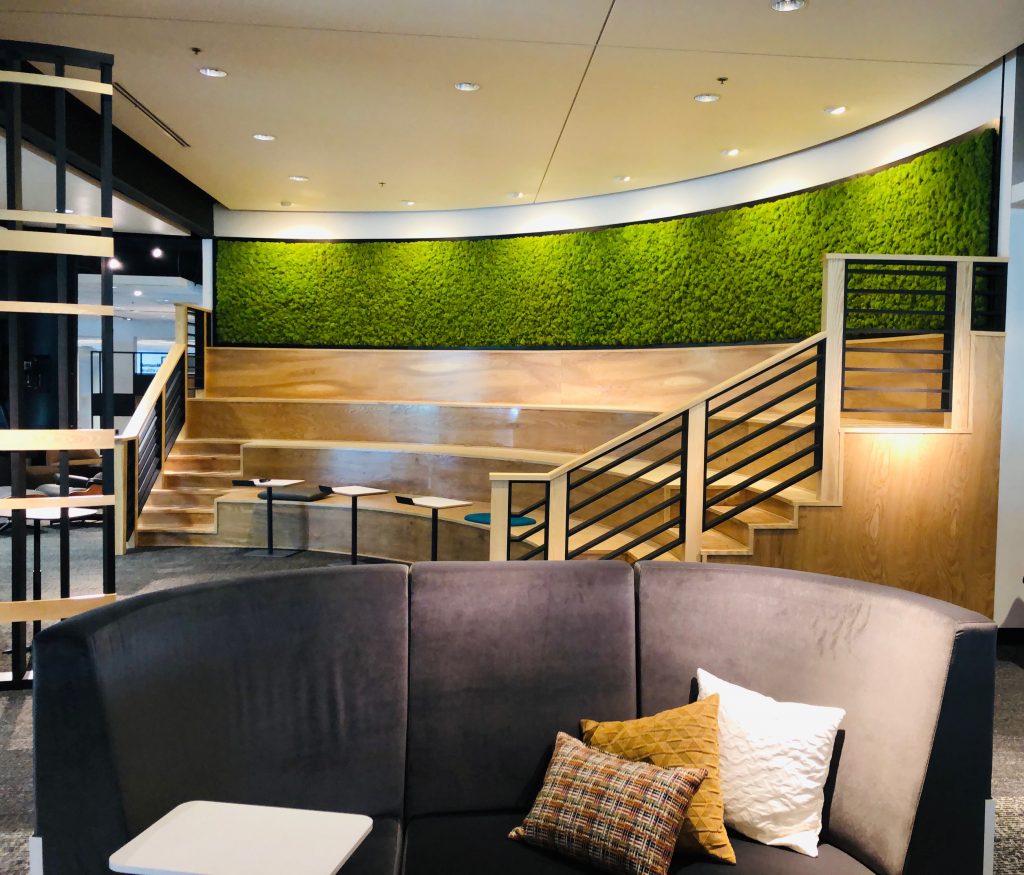
Moss (in its dormant state) does not require watering or misting and is a surprisingly kind and forgiving material that adheres to almost any surface, enhancing the look, smell, and wellness of the space.
And since the infamous “open office plan” is being thoroughly re-examined not for its utility but for its safety, “office perks” are also changing as noted by Matt Richtel for The New York Times.
“Soon, there may be a new must-have perk: the sneeze guard.
This plexiglass barrier that can be mounted on a desk is one of many ideas being mulled by employers as they contemplate a return to the workplace after coronavirus lockdowns. Their post-pandemic makeovers may include hand sanitizers built into desks that are positioned at 90-degree angles or that are enclosed by translucent plastic partitions; air filters that push air down and not up; outdoor gathering space to allow collaboration without viral transmission; and windows that actually open, for freer air flow.”
The Pandemic May Mean the End of the Open-Floor Office By Matt Richtel
WOW! Windows that actually open, huh? Gosh, that’s human. And yes, plexiglass barriers are a fantastic way to create physical separation. But as Brent Capron, interior design director at global design practice Perkins and Will in New York, states:
“Workstations were about privacy and acoustics – now they represent a physical separation between colleagues.”
Brent Capron as quoted in BBC article “How Offices Will Change After Coronavirus” by Jessica Mudditt
What if we could feed four birds with one scone?
Privacy, acoustics, air quality, and aesthetics.
Moss is a proven noise dampening design material, effectively capturing high voice frequencies while simultaneously cleaning the air of VOCs (volatile organic compounds), regulating humidity levels in a given space (and serving as a bellwether when the humidity levels are too low), as well as providing strong aesthetic appeal.
Imagine the “office cubicle” looking like this:
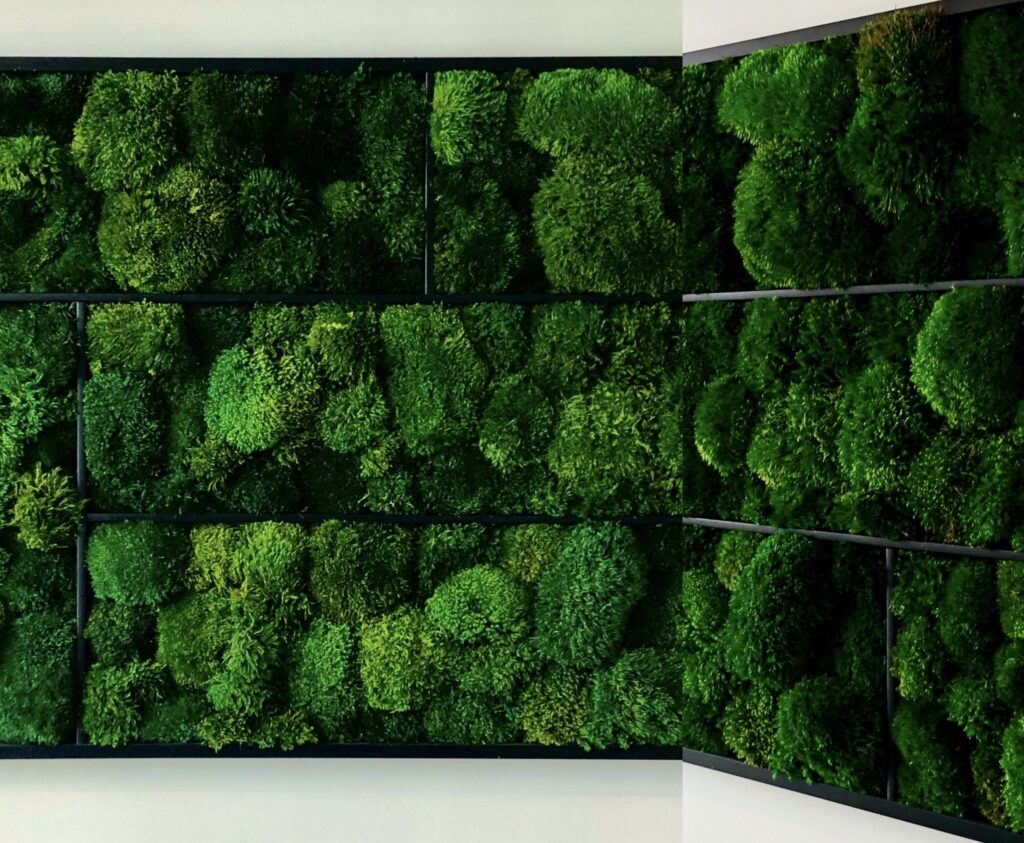
No, moss does not preclude nor replace PPE and vigilant sanitizing as we get through the coming months and years.
What moss does do, however, is serve as an affordable, maintenance-free green, biophilic design option. As Cath Everett noted in her article, there are five benefits of biophilic design (and these are pre-pandemic, mind you):
- Physical Health
- Mental wellbeing
- Productivity
- Staff Retention
- Branding
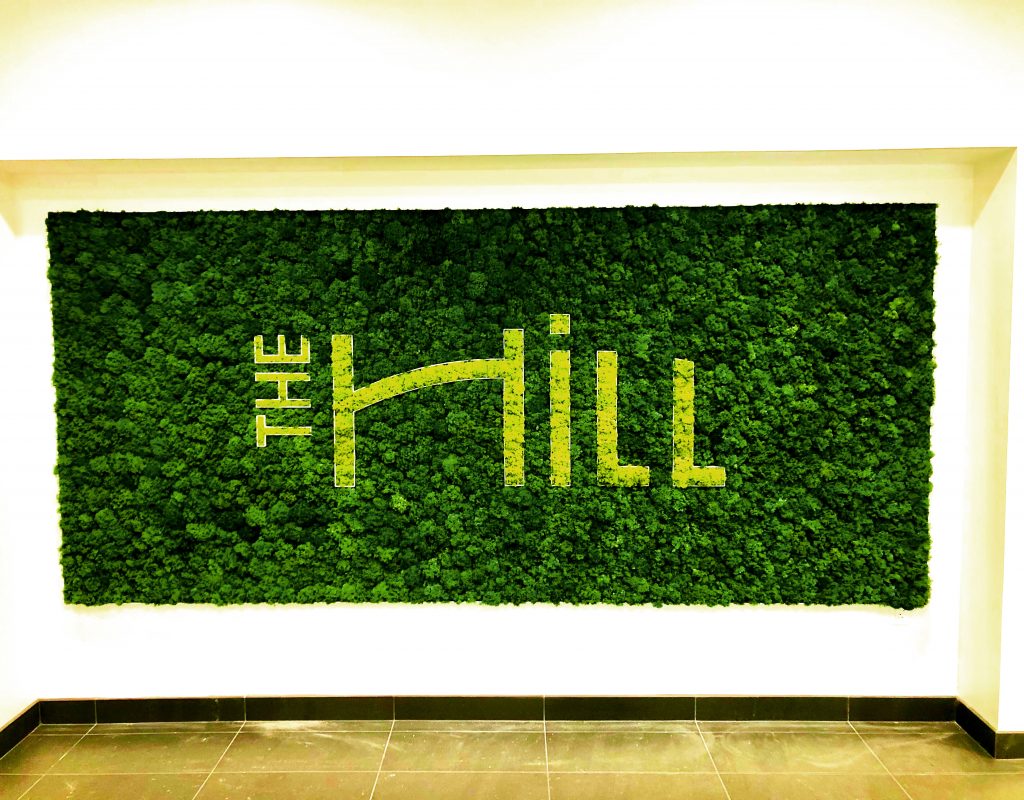
Remember, we are still in the pre-pandemic world when Ms. Everett noted, “It is estimated that most people in the developed world spend as much as 90 percent of their time inside buildings and cars. But according to UK mental health charity Mind, being out in green spaces or bringing nature into everyday life can help reduce feelings of stress or anger, making people feel calmer, while also improving their confidence and self-esteem.”
When we first started researching and writing about biophilic design and moss as a superior design material, we had no idea what was to come–we were addressing “anger in the workplace” and the mitigating effects of nature on frustration along with its positive effects on productivity and mood.
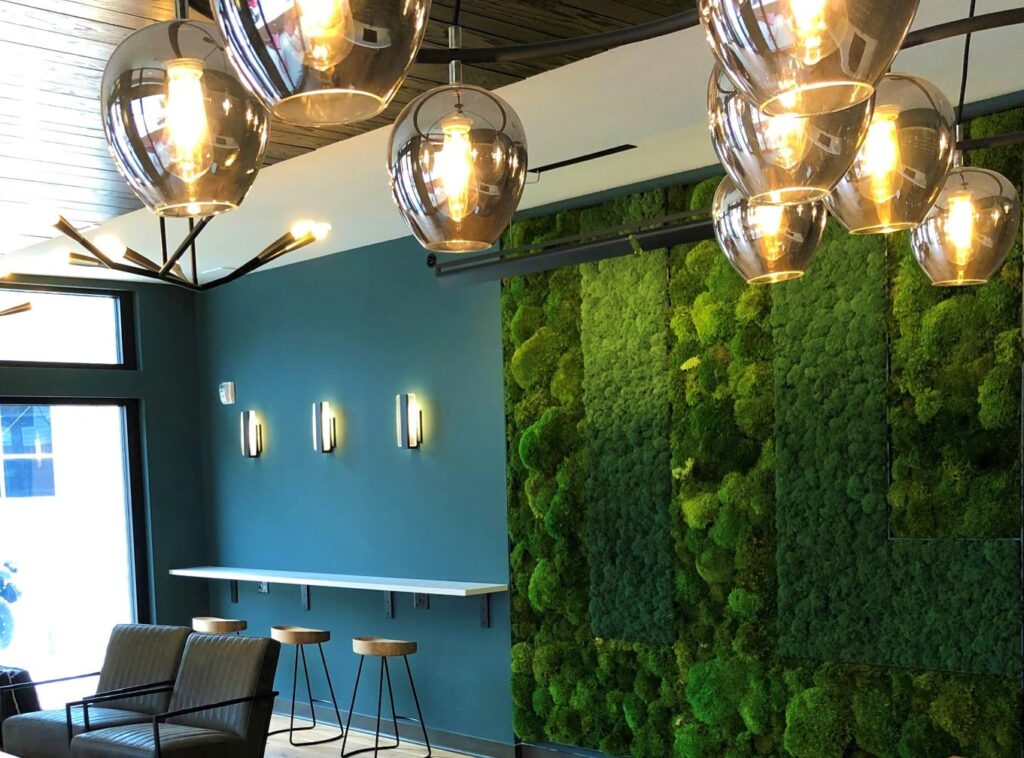
And an important aside: these principles work well for the home office as well. Rick Henry of BSB Design poses some really important questions regarding how you feel at home:
“So how do you feel? Has your home accommodated your needs lately and allowed you to work, relax, connect and isolate like you need to? Can you identify any changes that would make life easier should you have to endure another crisis like this? “
Design for Well-Being By Rick Henry
So we will leave you with this wisdom (again from the pre-pandemic world). Biophilic design works. That’s a brass tack we never tire of pounding. And it works particularly well in the here and the now.
This is particularly true for purpose-driven companies that are keen to demonstrate a sustainable approach, not only to staff wellbeing, but also towards the environment by using natural, recyclable items.
Five benefits of biophilic office design by Cath Everett
Thanks for your time and attention. Stay well. Stay green.
As Always, Yours in the Love of All Things Green,
Kasey and Morten/The Fat Plant Society
